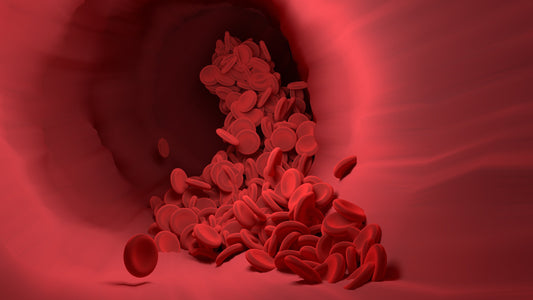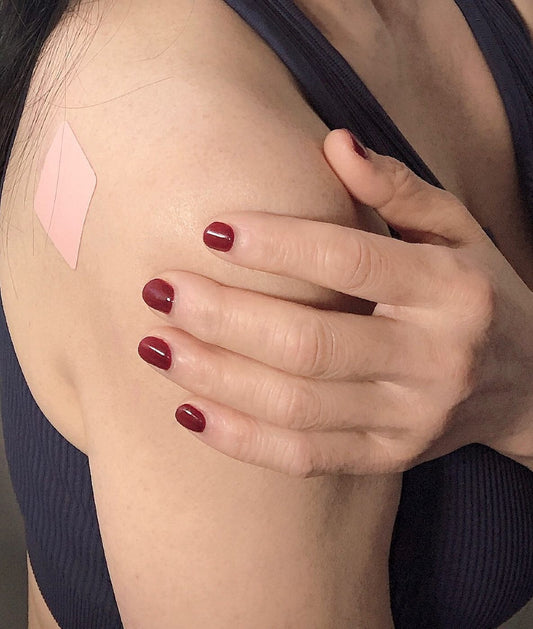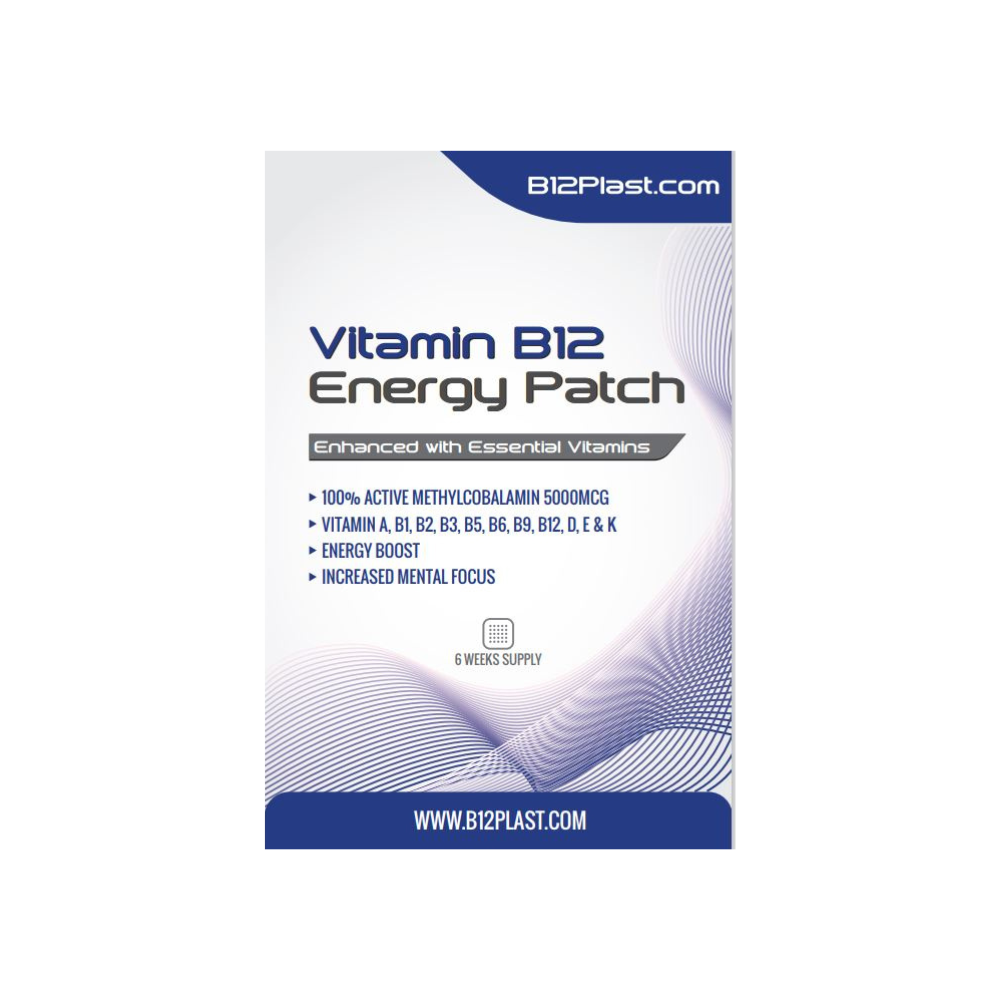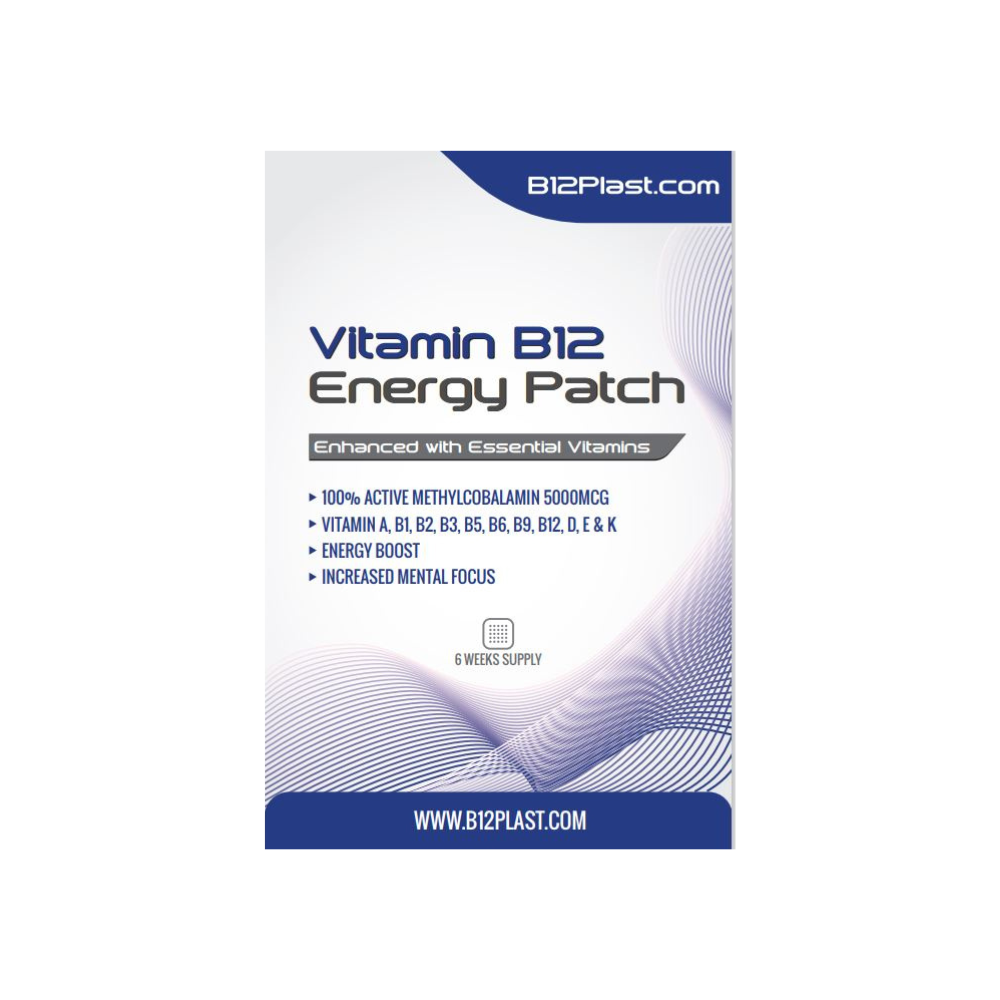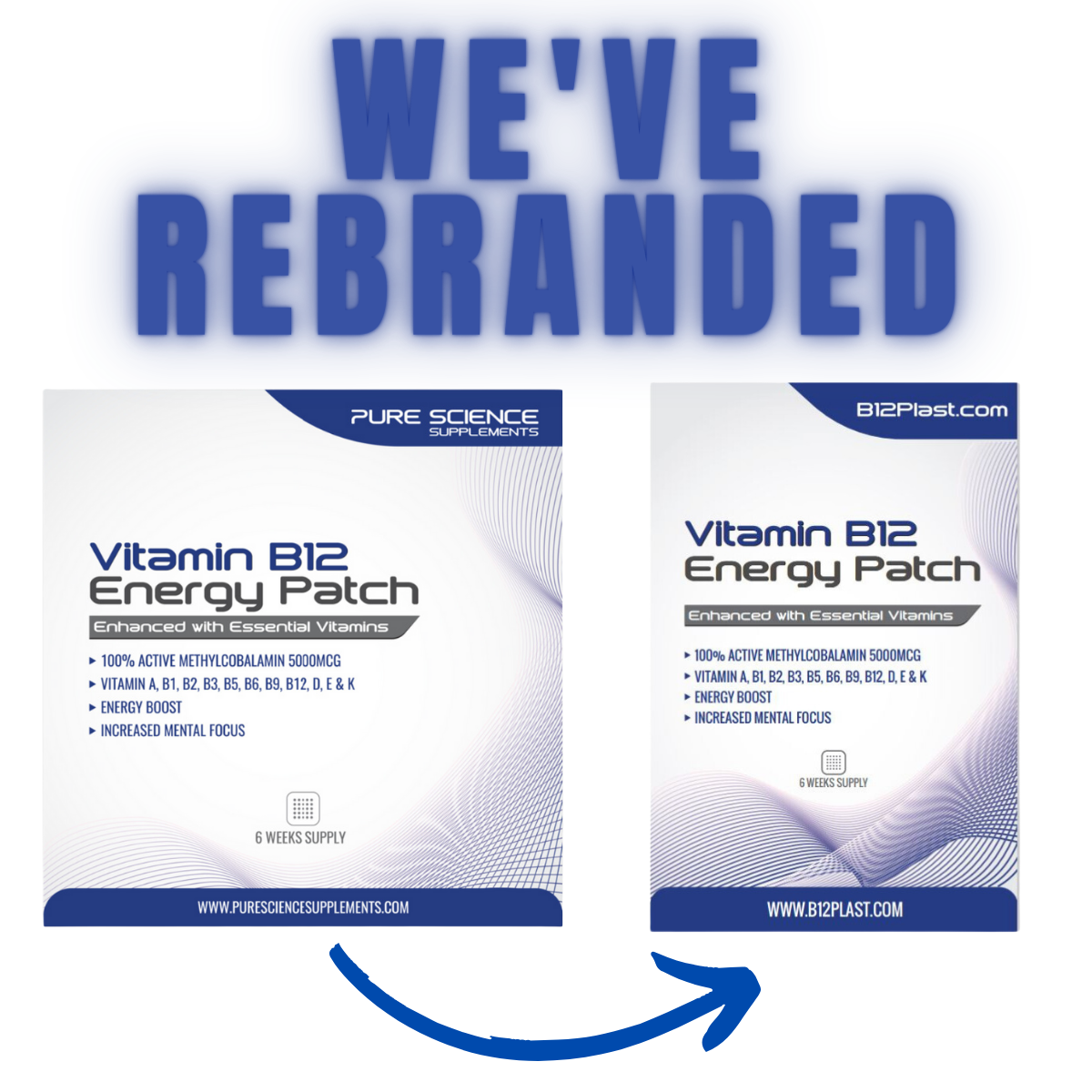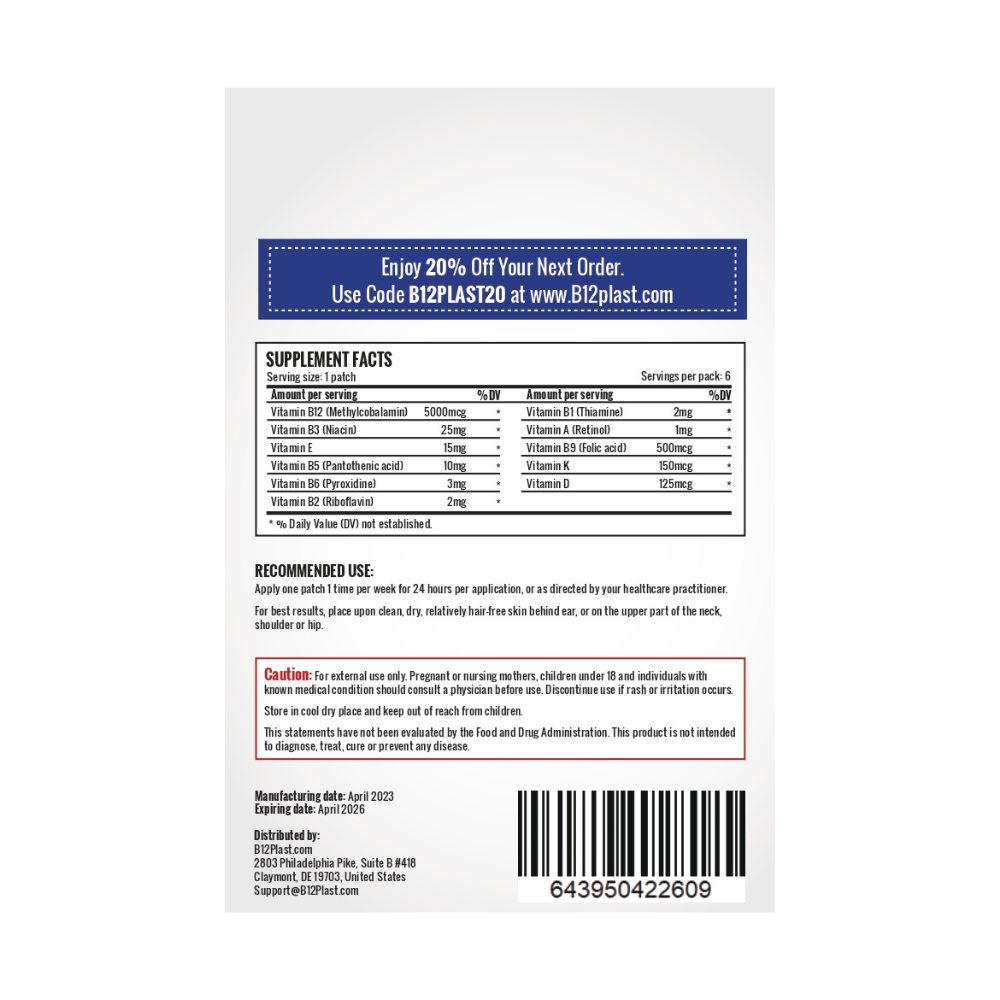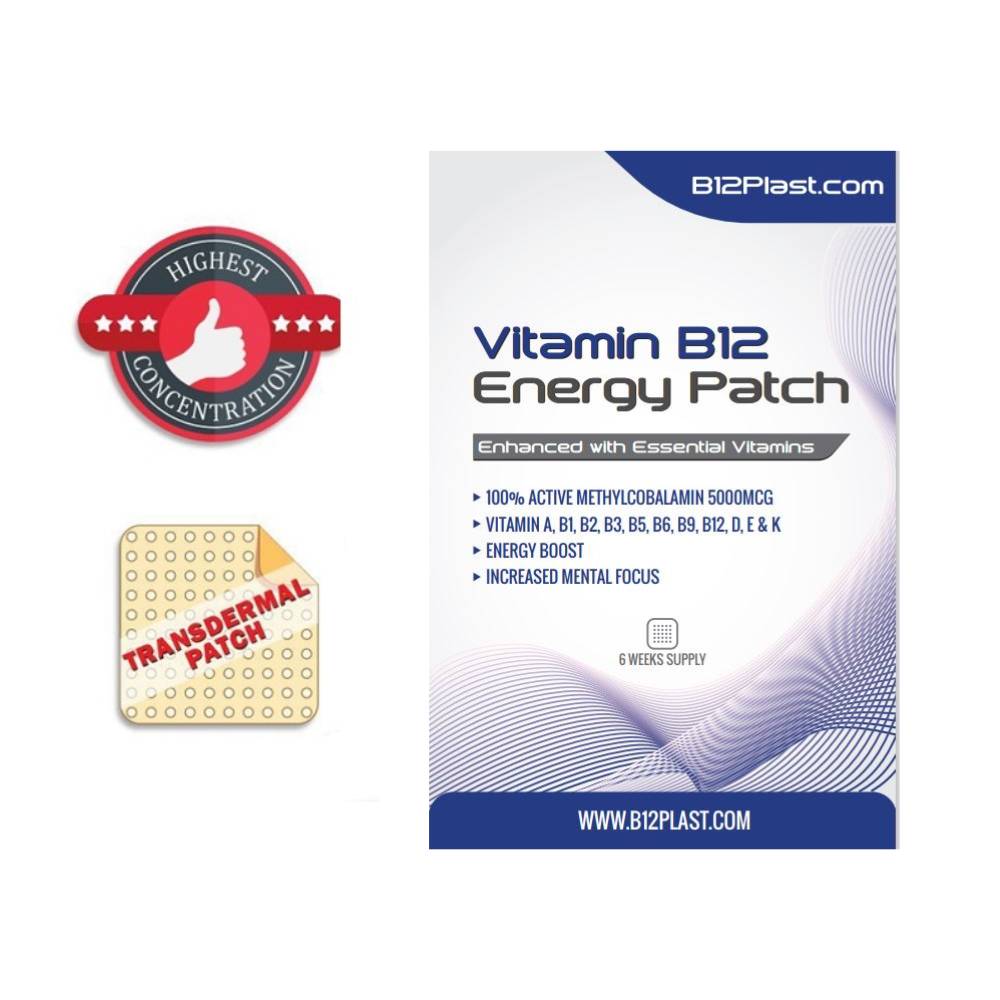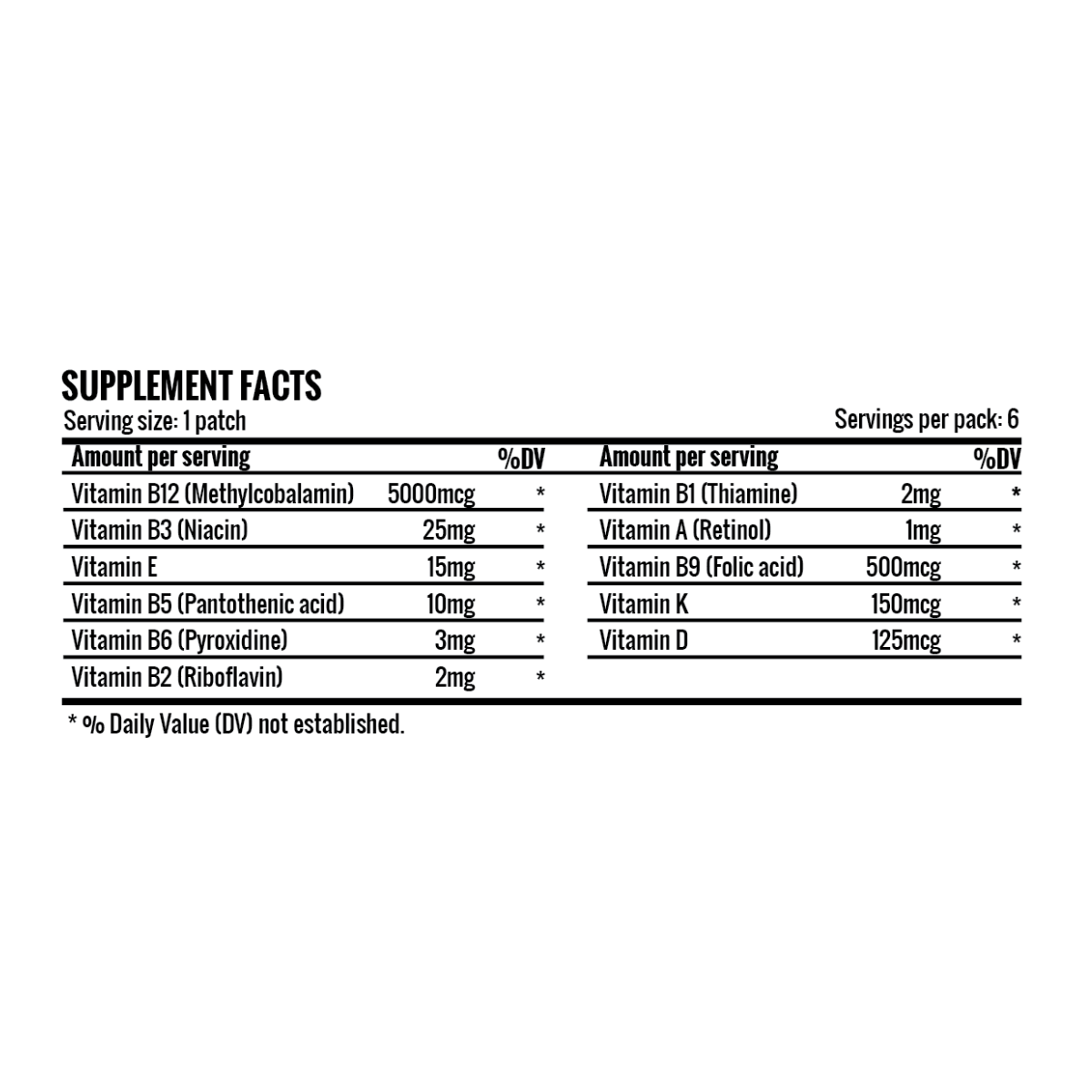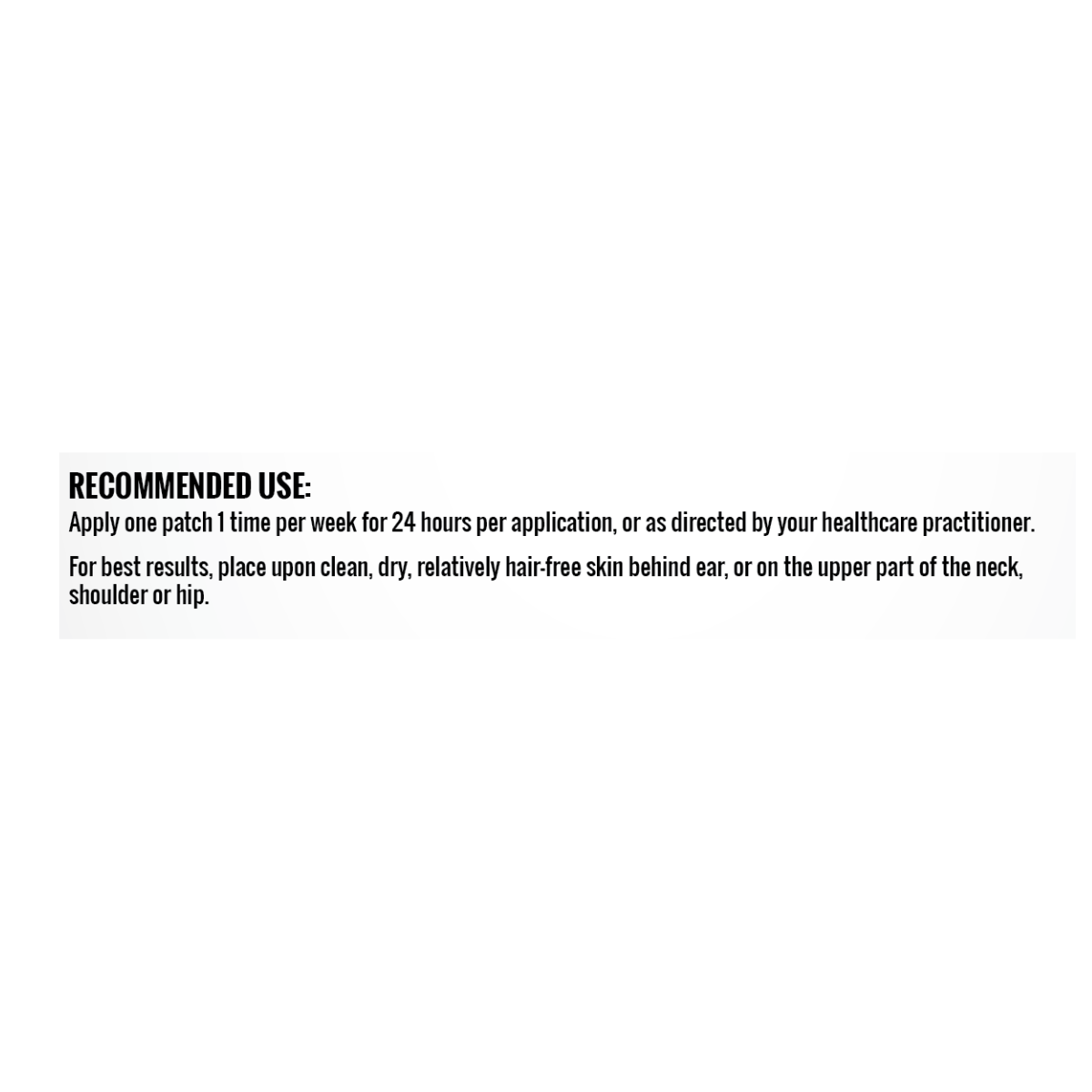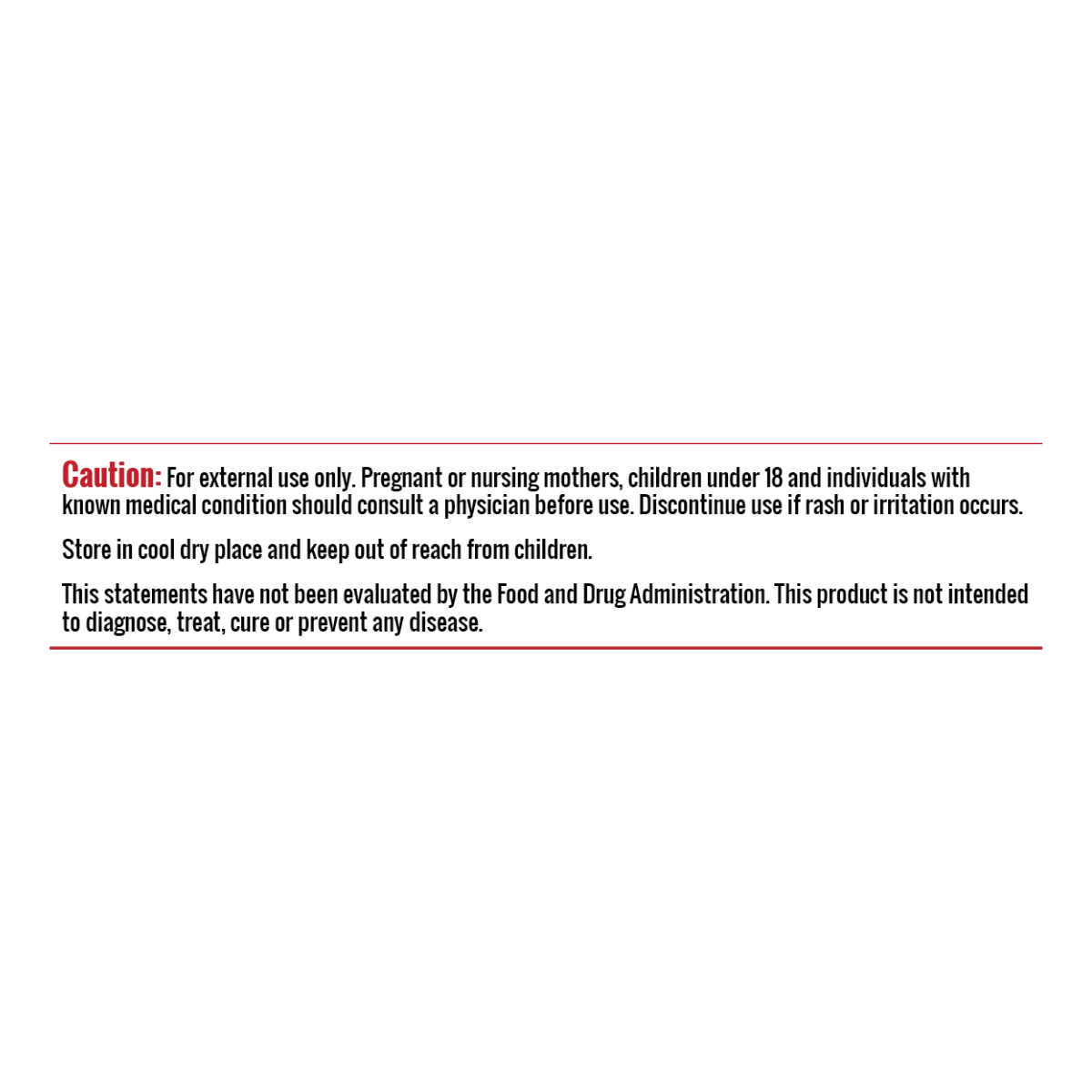Vitamin B12 is a water-soluble vitamin. Unlike oil-soluble vitamins that get stored the body, water-soluble vitamins do not. Since vitamin B12 is water soluble, the body easily pushes out any extra amount through the urine once you absorb the daily amount you need. Vitamin B12 does not have an established upper intake level due to its water-solubility.
The need to supplement this nutrient also stems from the fact that it is water-soluble and that it is used by the body’s several protein syntheses and several other activities every day. Digestion, absorption, circulation, energy production, brain function are some of the few functions that need vitamin B12. We can get Vitamin B12 through food products, oral supplementation, injections, or transdermal patch.
Vitamin B12 Transdermal Patch
Vitamin B12 transdermal patch is attached to your skin and allows you to absorb Vitamin B12 without taking the oral supplement or the Vitamin B12 shots. The Vitamin B12 from the patch absorbs into your body over a period of time. The transdermal patch is the solution if you do not feel comfortable with an injection or if you’d rather not have a pill, in which case a patch may be the most comfortable option for taking the nutrient.
A transdermal patch is easy and convenient to use. However, for the patch to work well, it is important to use them properly in order for you to absorb the nutrients contained in the patch.
How to use a transdermal patch?
Make sure you read all the instructions specified in the box as it will tell you the right steps on how to use the patch. A parent, partner, or a caregiver may also apply the patch to a child or to another adult. Wash your hands with soap and water. If there is no water around, you may use alcohol or hand sanitizer instead.
on your body that contains the same nutrient should be removed. Peel back the edge of the patch gently with your fingers and slowly pull off the rest of the patch. After that, fold the patch in half with the sticky sides pressed together, and throw it in a closed trash can.
Place the new patch in a clean place, but follow the instructions of your doctor and the drug’s label or package should give you information on where to put it. Certain patches should be applied to the upper chest or the upper, outer arm and others should be placed on the lower abdomen or hip.
Prepare any dirt, lotions, oils or powders and clean the skin with warm water and clean soap. Avoid any soap that contain lotion or scented soaps and dry the skin with or paper towel. It can meddle with the nutrients and may let the patch stick for a shorter time than intended.
Applying the Patch
Use a pair of scissors to open the package or by carefully tearing it, but be mindful to avoid tearing the patch itself. Take the patch out of the packaging and remove the protective liner on it. Make sure you do not touch the sticky side of the patch. If the patch contains the protective liner and the sticky part, first, peel off one part of the liner and apply the exposed sticky part of the patch to the skin and press down. Next, peel back the second part of the liner and press the patch down.
Place the sticky side onto the clean of the skin and use the palm of your hand to press down on the patch to make sure is firmly attached to your skin. Carefully use your fingers to press along the edges of the patch to avoid any bumps or folds. The patch should be smooth.
Throw away the used patch’s packaging in a closed trash can. Wash your hands with water and soap to remove any remaining medication. Place the patch carefully in a spot where the patch will attach well and avoid skin that has a lot of hair, in which case you may cut the hair in that area. Also avoid putting the patch on areas of the skin with open sores or cuts, recently shaved areas of the body, parts of the body that creases, gets sweaty or gets rubbed a lot.
Also, be mindful the instructions of the doctor of the package. Make sure that you place the Vitamin B12 patch in the right position. Remember to place the patch on dry skin. Too thin or too thick or even a calloused part of the body could cause the nutrients to be absorbed too less or too much.
Refer to the label instructions if the patch loosens or fall off. Should this happens; just use your hand to press down the patch back onto the skin. If the patch falls off completely, don’t use it again and do not reapply it. Just throw it away and apply a new one on the next day.
NEVER SOAK THE PATCH WITH WATER OR ANY OTHER LIQUIDS
You can wash your body, hands or, shower as usual without being worried to make your patch wet. The important thing is, don’t keep the patch under the water for long unreasonable periods of time. Doing this may cause the patch to loosen or fall off and will definitely defeat the purpose of using it in the first place.
STORE PATCHES WITH CARE
Carefully store the unused and used patches away from the children and pets. The transdermal patch contains active nutrients that you do not want to waste. If you are wearing a patch, don’t use any heating pad on your body where the patch is. The heat can cause the patch to release nutrient faster or may meddle with the nutrients.
Additional Tips
Make sure your skin is completely dry after washing and before putting the transdermal patch. A transdermal patch doesn’t stick to your skin when it is wet. Don’t use any kind of tape to secure it. Make sure to throw the used patch and use a new one when a new day comes. Your skin should be completely dry after washing, but if your skin is still red or irritated after remove a patch, don’t panic or be worried. due to the patch. However, if the skin does not start to heal in three days, have your skin checked for allergies. However, it is very rare that anyone gets allergies out of Vitamin B12 Transdermal Patch.
Seek Professional Advice
Always talk with your doctor. Transdermal patches can be a convenient and effective way to receive nutrients. Always read the label and the expiration date. When in doubt, ask your doctor about it.
References:
Healthline. (2016). How to Apply a Transdermal Patch. ] Available at: http://www.healthline.com/health/general-use/how-to-use-transdermal-patch#Introduction1 [Accessed 5 Dec. 2016].
Dr. . (2016). Vitamin B12 Benefits and Deficiency Symptoms – Dr. . ] Available at: https://draxe.com/vitamin-b12-benefits/ [Accessed 5 Dec. 2016].
University of Maryland Medical Center. (2016). Vitamin B12 (Cobalamin). ] Available at: http://umm.edu/health/medical/altmed/supplement/vitamin-b12-cobalamin [Accessed 1 Dec. 2016].


